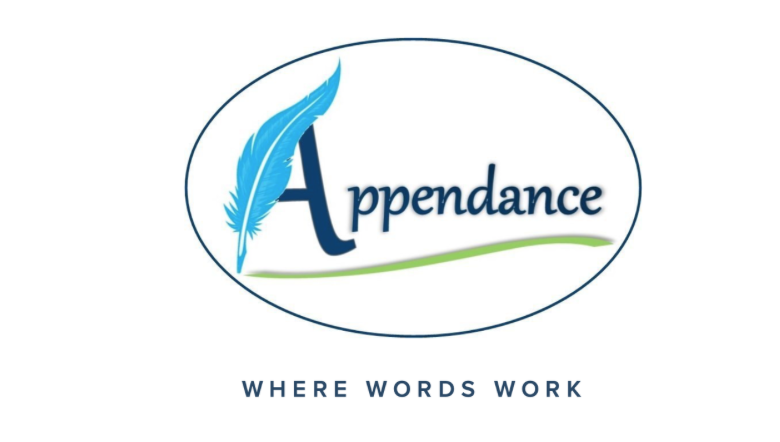Audience: Who are you writing for?
Every time we sit down to write something, anything, we are writing to someone. Often, our writing is simply for ourselves: shopping lists, errands, books we'd like to read, or calendar entries. When we write for ourselves, we know our audience intimately, and so we don't have to put much thought into it: we need enough words to jog our own memory and clear enough handwriting to read what we wrote.
But when we turn our writing into documents to share with other people, new considerations come into play. Would you write the same letter to your grandmother as you would to your best friend or your boss or your house cleaner? Probably not. Even if the content were the same. As an example, let's pretend that the content of the message is something simple: you read a great book that you want to recommend to everyone. Here's what that might look like for each different person.
To your grandmother: I just read a wonderful book that I think you would very much enjoy.
(yes, sometimes writing to my grandmother is like writing to an 18th century British person).
To your best friend: Best book ever! You must read.
To your boss: I think you might be interested in reading this book.
To your house cleaner: Thought you might like this.
Same message, but because the relationships are different, the language used changes. For example, how the message is conveyed depends on the person being addressed. The grandmother and boss are perceived as people owed respect (for different reasons), so the idea is a suggestion: "I think you would" or "I think you might". With the house cleaner, it is also a suggestion, "Thought you might" but conveyed with less formality, because the author doesn't require the caution with the house cleaner that may be necessary or expected in those other relationships. For the best friend, the message is a command: "you must" because the relationship allows for that level of insistence.
Another difference is in the syntax, or sentence structures, which allow for differing levels of formality, too. The grandmother receives a complex sentence with a subordinate clause. The boss gets a complete sentence, though more straightforward. The house cleaner gets a sentence fragment (I imagined leaving the book out for her with a note beside it, so the context might be different, too). And the best friend gets two sentence fragments and an exclamation point.
We could also look at the diction, or word choice, in each example, revealing the levels of slang or colloquialisms involved in the messages. While this is related to the sentence structure in these examples, it is also part of the rhythmic use of speech--the breath required to convey the message becomes part of the formality as well. The longer the breath, the more control one is exerting over the language, thus affecting its perceived formality ("formality" as a word coming out of "form" or the structures required and expected in certain contexts; adhering to those expectations exactly is formality, while being ignorant of them or ignoring them deliberately is informality).
While I think analyzing these aspects of language is fascinating on its own, my point here is that we all know how to change our language in the most basic settings to meet the requirements of our audience. This skill is one that we must call upon and bring to the forefront when we write for more professional/educational/critical reasons. Writing anything is about communication, so when we write something that we aren't used to writing--an essay, a speech, a letter to the editor--the challenge is made easier by first envisioning who you are writing for so that you can figure out what that audience will expect and require from you and how you can best reach them through your own language.
